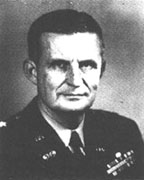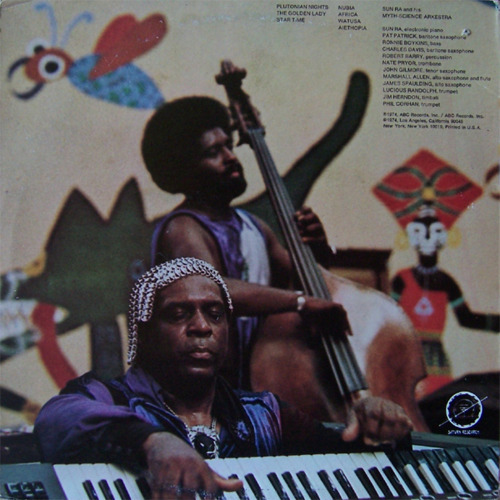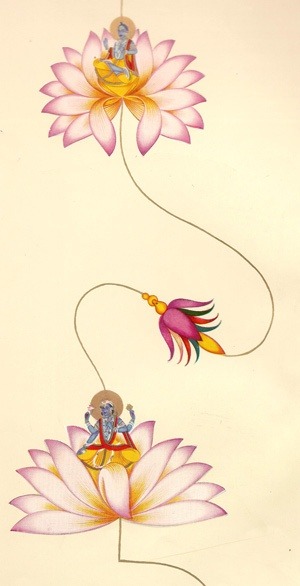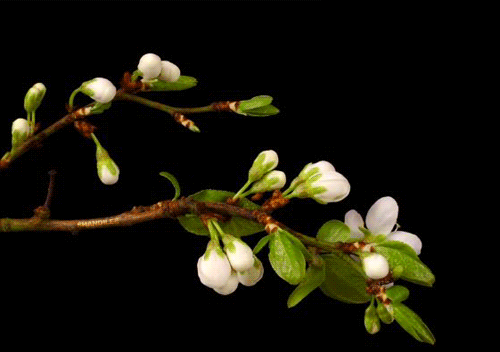http://www.sfgate.com/news/article/Fugi ... 086459.phpFugitive to face LSD chargesBy Eric Brazil, OF THE EXAMINER STAFF
Published , June 6, 1998 When Nicholas Sand last stood before U.S. District Judge Samuel Conti, the judge roasted him for having"contributed to the degradation of mankind" and sentenced him to 15 years in prison.
That was on March 8, 1974. Two years later, when he lost his appeal of a conviction for manufacturing LSD, Sand jumped bail in San Francisco and vanished.
This week, Sand was returned to San Francisco, and he and Judge Conti are about to meet again.
For 23 years, he remained at large, shuttling between Canada and Mexico and continuing to manufacturer the pure acid that turned on a generation and made the Bay Area psychedelia central.
But in September 1996, Royal Canadian Mounted Police arrested Sand in his LSD laboratory in the Vancouver suburb of Port Coquitlan.
What they found flabbergasted the mounties.
It was, they said -- and Interpol and the U.S. Drug Enforcement Agency agreed -- the largest designer drug lab in the world. In addition to $500,000 in cash and gold bullion, and a cache of firearms, the mounties found LSD, DMT, Ecstasy and Nexus with a street value of $6.5 million.
There was enough LSD, said RCMP Staff Sgt. Kenneth Ross, to make 45 million doses.
The lab"was literally better than the Health Canada lab," Ross told The Examiner."Our lab tested it (LSD) out at 106 percent purity." Sand, he said"is an icon in the world of illicit drugs."
The $800,000 lab and warehouse -- also Sand's residence -- had been under surveillance for several months. The mounties moved in when they suspected that Sand planned to leave the country.
It took investigators nearly two months to identify Sand, because he had false identification and refused to discuss his background.
In February, Sand, 58, pleaded guilty to trafficking in LSD and was sentenced to nine years in prison.
He was then sent back to San Francisco for the resolution of his case here.
San was arraigned Friday before U.S. Magistrate Elizabeth Laporte. His case -- now complicated by a bail-jumping indictment -- was re-assigned to Judge Conti, who is regarded as one of the toughest sentencers on the federal bench.
Sand's attorney, Patrick Hallinan, said he was going to take a hard look at the initial conviction in an attempt to win some leniency for his client.
"Some of the facts raise very, very serious issues that go to the heart of the justice system," he said.
Sand, a New York native who was living in Santa Rosa when he was indicted in 1973 for manufacturing LSD and evading income tax, was a disciple of Augustus Owsley Stanley III, the so-called King of LSD, the prosecution charged.
While Stanley, the man who made LSD available to the masses, became internationally famous, it was the low-profile Sand who actually manufactured most of the product when the Bay Area drug culture flourished in the 1960s and 1970s, according to law enforcement officials.
Sand's first brush with the law was a 1967 arrest in Colorado for illegal possession of LSD and failure to register as a drug manufacturer. When police stopped him in Dinosaur National Monument for a traffic violation, they found the truck he was driving equipped with a mobile LSD lab and $40,000 worth of the hallucinogenic drug aboard.
In 1990, Canadian police arrested Sand for operating a lab in British Columbia. However, using one of the numerous false IDs he kept handy, he escaped before police could determine his true identity and his status as a fugitive.
The San Francisco indictment that led to Sand's 1974 trial and sentencing accused him of being part of a far-flung conspiracy that had labs in Belgium, Mexico and Honduras, as well as the Bay Area. Its distribution network included Hells Angels and the Brotherhood of Eternal Love, a drug cult founded by the late LSD guru Timothy Leary, according to the prosecution.
Enough LSD was found by investigators at a lab Sand operated in the Sonoma County town of Windsor to supply 1.5 million doses.
One of the principal witnesses against Sand and two co-defendants was William Mellon Hitchcock, an heir to the U.S. Steel fortune, who testified under immunity and acknowledged that he had bankrolled the operation. The jury deliberated four days before convicting Sand.
Hallinan said that Sand's 15-year sentence on the LSD charge was"very severe," given the nature of the crime. He could receive another five years if he pleads guilty to or is convicted of jumping bail. Authorities in Canada have decided to let Sand's Canadian sentence run concurrently with whatever sentence he gets from Conti, Hallinan said.
Sand will appear in Conti's court at 10 a.m. June 16.
The Vancouver Sun and Province contributed to this report.













